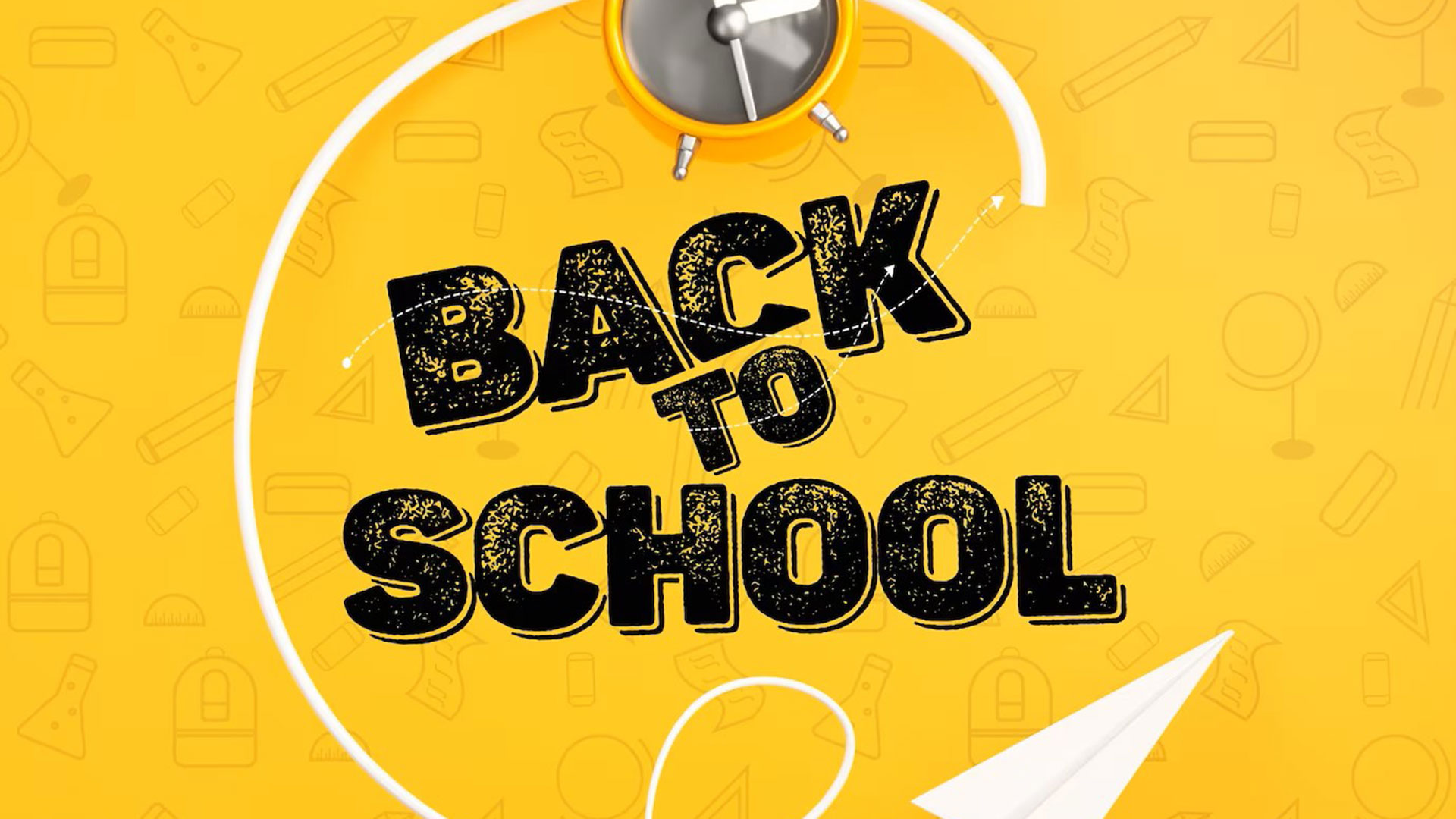After the holidays, returning to school marks a fresh beginning for many. It’s a time when new aspirations are set, the curriculum is brimming with fresh responsibilities and tasks, and the pristine pages of school notebooks eagerly await the start of the new academic year. However, it’s essential to consider how prepared we are for this fresh start. Have we made the necessary arrangements to prevent or handle the various challenges that the upcoming school year might bring?
Providing mental and emotional support for teachers, who will once again be at the forefront starting in September, is crucial. Therefore, planning initiatives within the school environment makes it even more ready to embrace the students of this year and cater to their evolving needs. The initial phase of the school’s operation necessitates students, parents, and teachers alike to activate their adaptive skills, given the adjustments required in response to school-related phenomena that may provoke anxiety, worry, or denial among students.
Text by: Anna Kelepouri & Sofia Karampela
At the onset of the school year, teachers are confronted with new students, unfamiliar facilities, and novel infrastructure, which often brings about challenges such as shortages of audiovisual materials. Furthermore, there may be a new school management system introduced by the school director. Consequently, it becomes imperative to tailor the lessons according to the students’ needs, which can be assessed through a relevant questionnaire aptly named the "Needs Analysis Questionnaire."
During the first week of the course, in order to establish rapport and create a positive starting point between myself and the students, I propose conducting a game called "The story behind your name." This activity aims to delve into the history of students’ names and who they were named after. It piques students’ interest as they engage in research and ask questions. Additionally, as I enter the classroom on the first day, I make sure to write my name on the whiteboard legibly. I then introduce myself briefly, sharing information about my background and educational qualifications, ensuring that the students have a clear understanding of who I am. This approach garners respect from the students.
Next, I proceed to establish a student classroom contract. This is the opportune moment to outline what will be implemented throughout the school year. In collaboration with the students, we mutually agree upon rules of conduct, discipline, consistency, and activities. Specifically, we discuss expectations regarding punctuality, the quality of their work, and appropriate classroom behavior. Additionally, I define the guidelines for homework assignments, examination procedures, student assessment, and feedback. All these aspects necessitate personal effort, requiring thorough preparation for each unit in the textbook, skill, or topic, along with a daily lesson plan that provides a structured framework for classroom learning.
